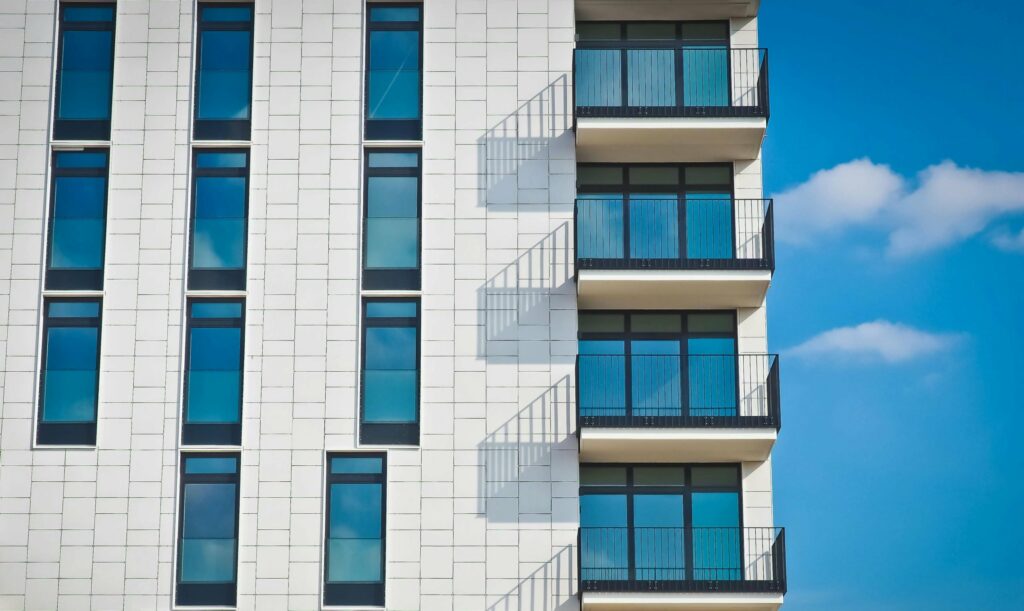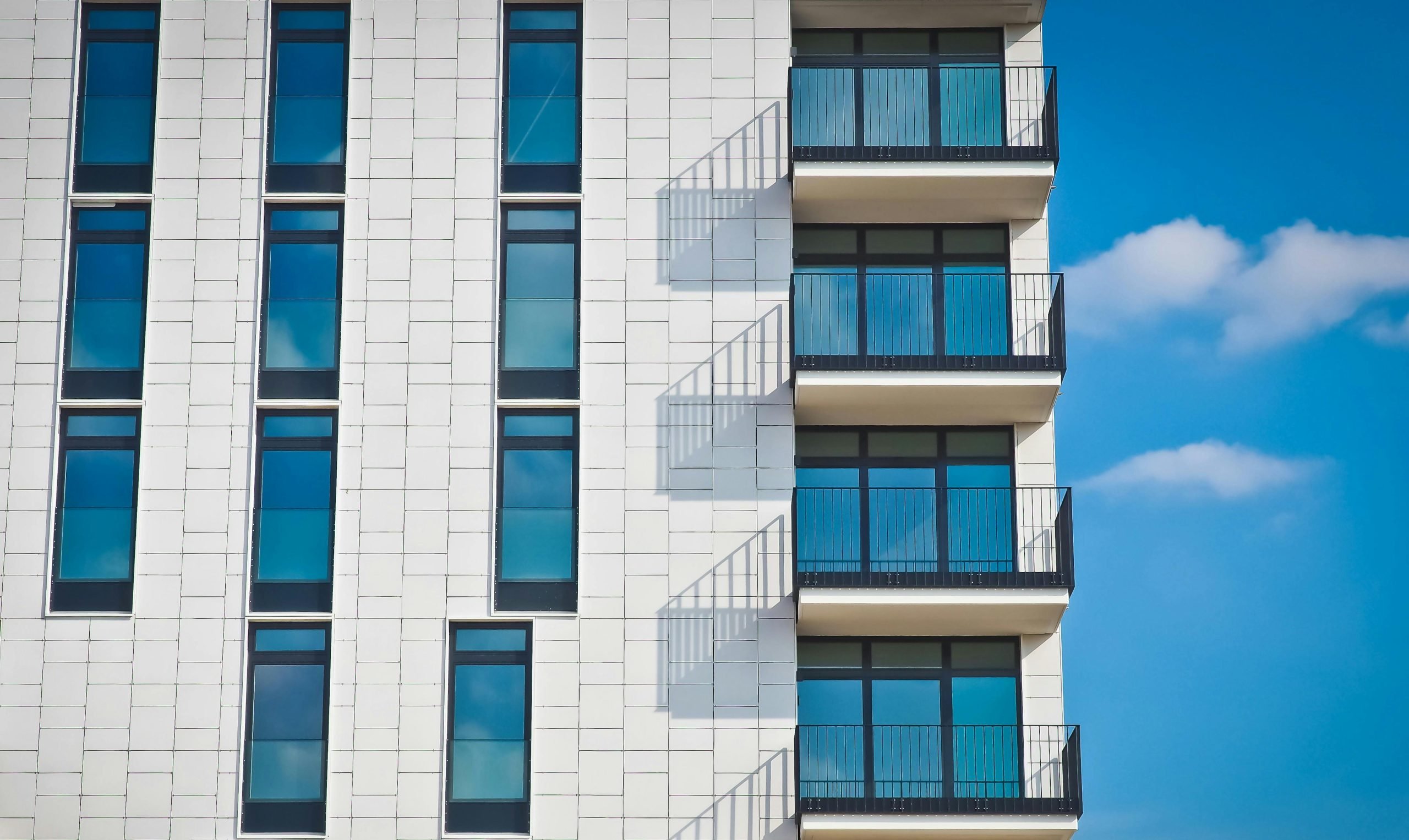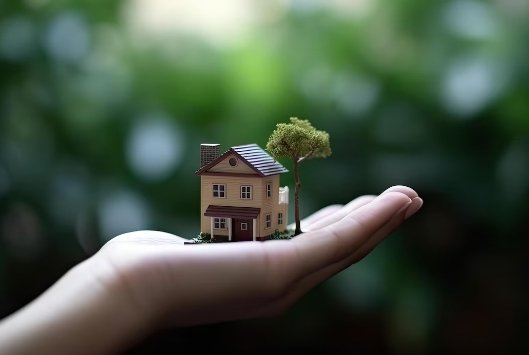Gutter Installation and Maintenance Tips for Homes in Storm-Prone Areas

This post was originally published on this site

Living in storm-prone areas can be both exhilarating and challenging. While the beauty of nature’s force can awe us, it also demands a proactive approach to safeguarding our homes. Among the critical components of home protection are gutters.
As CNN reported last year, tornadoes in Florida damaged several homes. A lack of proper maintenance saw many gutters overflowing. In fact, one gutter from a damaged home ended up breaking down and impaling a car’s windshield.
Properly installed and maintained gutters can prevent water damage, erosion, and structural issues during storms. Here are a few indispensable tips for ensuring your gutter system is up to the task.
Choose the Right Material and Size
According to Architectural Digest, when installing or replacing gutters, prioritize durable materials such as aluminum. Aluminum gutters are affordable and offer longevity and resilience against harsh weather conditions. Also, consider the size of the gutters.
In storm-prone areas, larger gutters are often recommended as they can handle higher volumes of water flow, reducing the chances of overflow. Proper sizing and material selection are crucial factors in ensuring your gutter system can effectively manage heavy rainfall, which is common in storm-prone regions. Consult with professionals to determine the most suitable options for your home’s specific needs.
Ensure Proper Pitch and Slope
Proper gutter pitch and slope are essential for efficient water drainage. Without adequate pitch, water may accumulate and cause overflow, leading to potential damage to your home’s foundation, siding, and landscaping.
Ideally, all gutters must have a slight downward slope towards the downspouts. This slope in the gutter allows the water to flow freely. During installation, ensure that gutters are pitched correctly to facilitate water runoff.
You can also opt for something called seamless gutters, as SureFlow Gutters advises. These seamless gutters are less prone to leaks and damage. Since there are no joints in these gutters, there are fewer leaks, meaning there’s no need for frequent maintenance. Greenville, SC, is currently experiencing a growing demand for such seamless gutters.
As reported by Greenville Online, the upcoming hurricane season in this part of the US will see more dangerous weather conditions. There’s always a chance of gutters overflowing and causing a lot of damage. Thus, in Greenville, seamless gutters are becoming very popular since they are less likely to have leaks and become damaged.
Implement Regular Maintenance
Routine gutter maintenance is a must, particularly in storm-prone areas where debris accumulation is common. Leaves, twigs, and other debris can clog gutters, impeding water flow and increasing the risk of overflow and water damage.
Schedule regular inspections and cleaning sessions to remove debris from gutters and downspouts. This can be done semi-annually or more frequently if necessary, depending on your location’s climate and surrounding vegetation.
Secure Gutters Properly
Secure gutter attachment is vital for withstanding strong winds and heavy rainfall typical of storm-prone areas. Improperly installed or loose gutters can become dislodged during storms, posing a threat to your home’s integrity and safety.
Utilize quality gutter hangers or brackets to securely fasten gutters to the fascia board. Ensure that fasteners are spaced appropriately and anchored to sturdy sections of the roof structure.
Also, gutter seams and connections should be inspected for signs of damage or deterioration, and any compromised components should be repaired or replaced promptly.
Extend Downspouts Away from the Foundation
Downspouts play a crucial role in directing water away from your home’s foundation. In storm-prone areas, it’s essential to extend downspouts to discharge water a safe distance from the foundation to prevent basement flooding and structural damage.
Install downspout extensions or splash blocks to redirect water at least five to ten feet away from the foundation. Ensure that the discharged water flows away from your home’s perimeter and does not pool near the foundation. Otherwise, the discharged water can lead to moisture infiltration and soil erosion over time.
Frequently Asked Questions (FAQs)
What happens to a house if its gutter overflows?
If a house’s gutter overflows, water can seep into the foundation, causing structural damage, basement flooding, and erosion. This compromises the integrity and safety of the property, potentially leading to mold growth.
Can storms damage house gutters?
Yes, storms can damage house gutters. They can cause gutters to become clogged, loosen, or even detach from the house, leading to overflow, leaks, and structural damage.
How can you prevent a gutter from getting damaged during a storm?
To prevent gutter damage during a storm, regularly clean the gutters, secure them firmly to the house, and install gutter guards to prevent clogs. Additionally, trim nearby trees to minimize the risk of branches causing damage.
In conclusion, proper gutter installation and maintenance are essential for protecting homes in storm-prone areas from water damage and structural issues. By keeping these tips in mind, homeowners can fortify their gutter systems and enjoy greater peace of mind during severe weather events. Well-maintained gutters are your first line of defense against storm-related damage, so invest the time and effort to keep them in top condition.




Responses